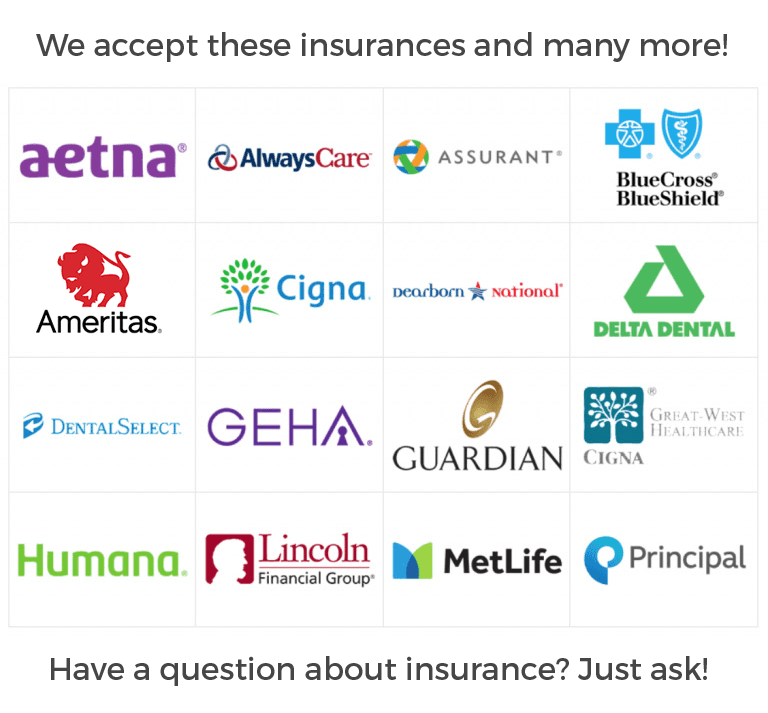How a Dentist Can Treat TMJ

Your TMJ or temporomandibular joint attaches your lower jaw to your skull. A problem with your TMJ can make dental functions difficult. Understanding the treatments for this ailment can help you prepare for your appointment. Here are the details on how your dentist can treat your TMJ.
Proper diagnosis
The dentist will talk to the patient about the symptoms. A jaw examination will also take place during the consultation. Feeling and listening to the jaw while moving the mouth is important. The general dentist will also press the areas around the jaw to pinpoint the painful areas. Observing the patient’s jaw motion is part of the diagnosis.
Ordering diagnostic imaging exams can help the dentist examine the patient’s jaw and teeth. A dental X-ray, MRI, and CT scan determine the problem in the joint, bones, and soft tissue. The dentist may also use a TMJ arthroscopy. In this diagnostic exam, the dentist will insert a thin tube into the TMJ space. A small arthroscope will then go through the tube to see the affected area.
Oral appliance therapy
Patients who experience bruxism and TMJ at the same time can get relief from wearing a nightguard. This custom-fit dental appliance can protect the teeth from damage. It can also prevent the patient from jaw clenching or teeth grinding while sleeping. A nightguard can prevent the jaw pain from worsening. A nightguard can also help realign the jaw while the patient sleeps.
Drug therapies
Medications can also relieve TMJ pain. Over-the-counter anti-inflammatories and pain relievers may not be enough to get rid of this pain. The dentist may prescribe stronger medications for a short period. The patient can take muscle relaxants for a few days or even weeks for pain relief. Taking tricyclic antidepressants can also help. These medications are for depression, but in low doses, tricyclic antidepressants can treat sleeplessness, pain, and bruxism.
Non-drug therapies
The dentist may encourage the patient to go through non-drug therapies first. Counseling and education can help the patient understand the behaviors and other factors that can help avoid pain. Such behaviors are fingernail biting or jaw clenching. Mouthguards or oral splints can cushion the jaw and teeth as the mouth closes.
Physical therapy can teach the patient some strengthening exercises for the jaw muscles. The goal is to stretch the mouth, which allows the jaw muscles to contract and relax. The exercises must be consistent. Research shows that a stronger jaw can reduce or even get rid of TMJ pain.
Surgery and other treatments
Some patients may have symptoms of TMJ disorders that disappear without any treatment. Persistent symptoms may need more than medications or therapies. They may need more than one procedure during the treatment period. Here are the procedures that the dentist may recommend:
- Open-joint surgery is a procedure that targets the structural problem in the joint. This surgery aims to replace or repair the TMJ. Since this is an invasive treatment, it has more risks than other procedures. Discussing this with the dentist will allow the patient to make an informed decision.
- Arthrocentesis is a minimally intrusive treatment. The dentist will insert small needles into the joint. The needles will deliver fluid that can flush down inflammatory mediators so that the jaw can open normally.
- Modified condylotomy targets the problem in the TMJ in an indirect way. It focuses on the mandible and not the joint. This may be helpful in treating jaw locking or pain.
- Corticosteroid injections straight into the joint can help as well. Botulinum toxin type A injections go into the jaw muscles. These injections can help the patient chew without the pain associated with TMJ problems.
Non-surgical pain management
Treating mild TMJ disorders is possible with non-surgical options. The dentist can discuss these with the patient during the consultation. Having this talk can motivate the patient to participate in treating this pain. Here are some non-surgical methods of managing TMJ pain:
- Correcting one’s posture can relieve pain in the jaw. A seat that will allow the individual to sit upright while working, driving, or even watching TV can make a difference. There should be proper back and neck support.
- Keep the jaw in a resting position. Getting rid of jaw pain is possible by minimizing wide movements in using the jaw. Singing, yelling, and yawning are activities that often need jaw widening.
- Reduce stress as much as possible. Meditation can help relax and loosen the jaw. Practicing yoga can also reduce the stress on one’s muscles. Activities, such as gardening, can help relax the face and calm the mind.
- Get complete rest. Sleep is an important way for the body to heal. Studies show that it can also reduce TMJ pain. Make sure that the back and neck have enough support. Refrain from sleeping on one’s stomach. Keep the hand away from the jaw if side sleeping.
The right TMJ treatment from your dentist can treat and end your ordeal
Jaw joint disorders can cause terrible pain. They can rob you of the freedom to do the things that you used to do. Getting the right treatment for this condition can help you lead a healthier, more comfortable life. Working with your dentist can help reduce and even end your TMJ discomfort.
Request an appointment here: https://www.nicenicedental.com or call Nice Nice Dental at (623) 777-4227 for an appointment in our Peoria office.
Check out what others are saying about our dental services on Yelp: TMJ Dentist in Peoria, AZ.
Related Posts
Dental implants are the preferred tooth replacement for many patients and dentists. Though they have many advantages, one must be a good candidate to enjoy their benefits. Here is a closer look at dental implants and what makes someone a good candidate for them.A dental implant is a small screwlike metal post that a dentist…
Invisalign® clear aligners can fix a range of tooth alignment issues, including bite problems. This clear aligner system has given people of all ages straighter smiles discreetly and conveniently for years. However, many wonder if Invisalign is as effective at correcting issues such as overbites and underbites. Here is an overview of how Invisalign addresses…
A tooth extraction can improve your dental health. The dentist can assess the tooth and see if it is still repairable. If not, then the dentist will remove it. Knowing more about tooth removal can help you prepare for the procedure. Here are some tooth extraction questions you can ask your general dentist on consultation…
No matter how careful one may be when using Invisalign®, there is always a chance of the aligner trays breaking, cracking, or wearing down from daily use. Most patients switch their trays before this has the chance to happen, but sometimes it is unavoidable. What to do next will depend on when the tray broke…



